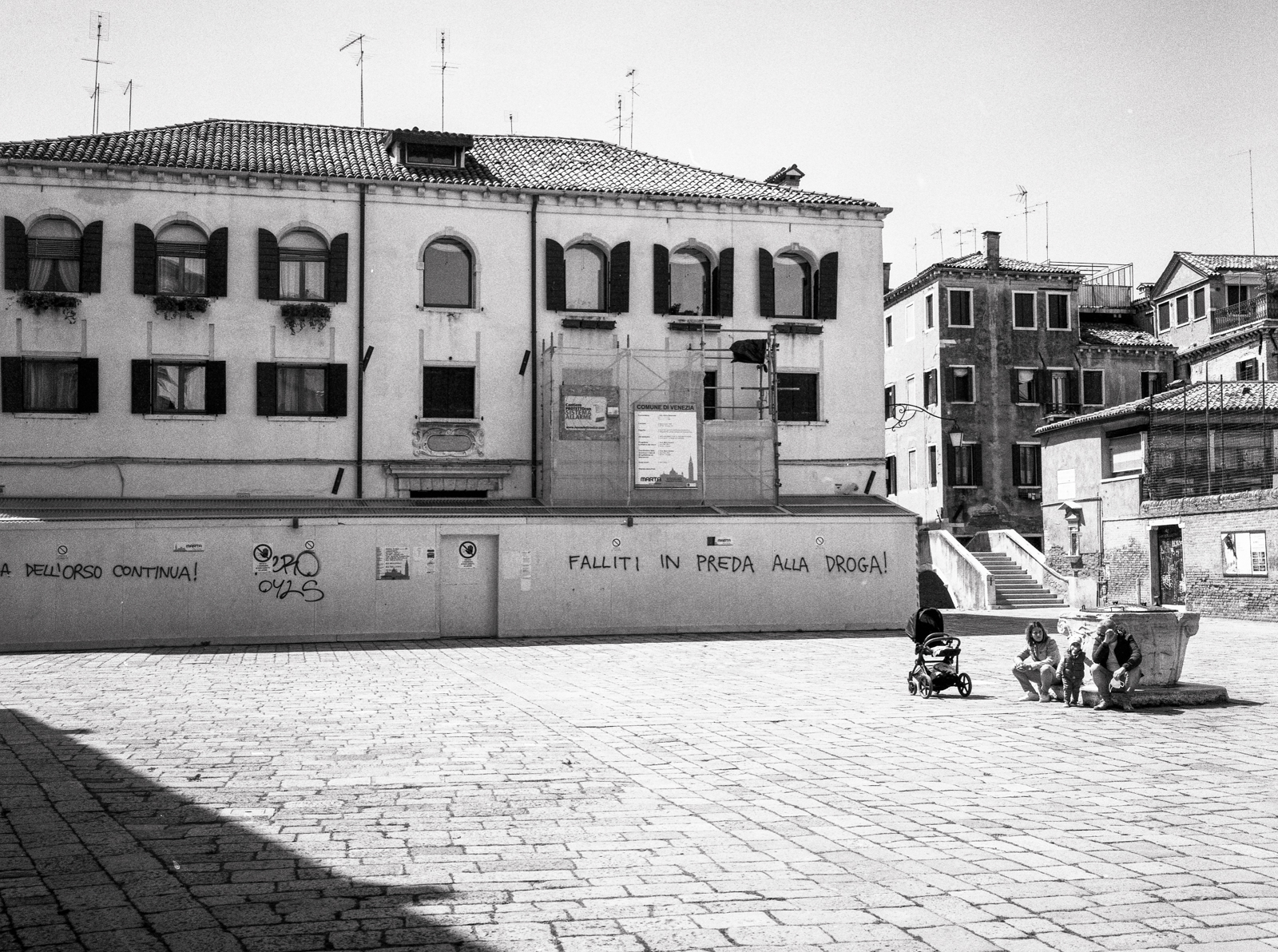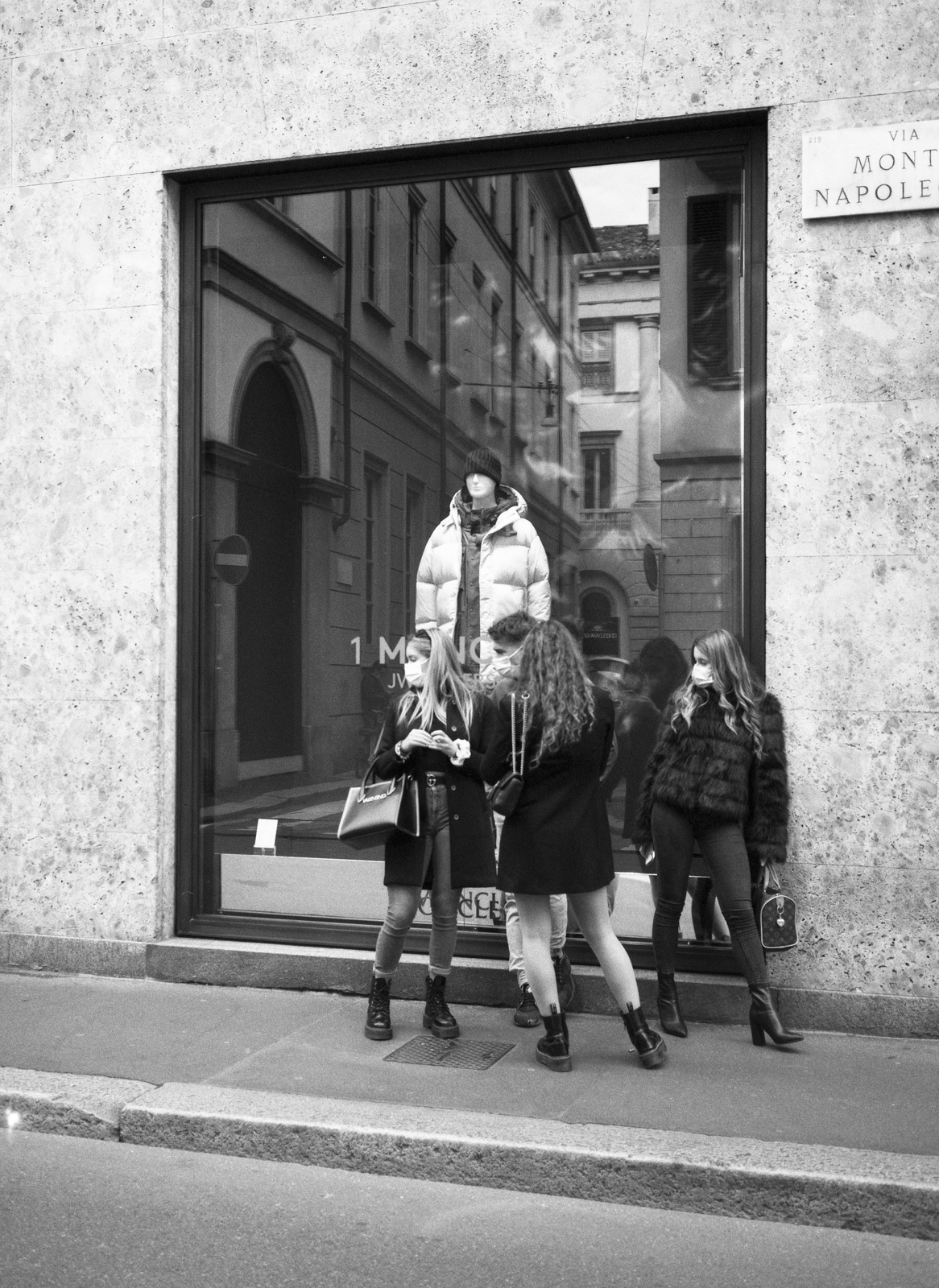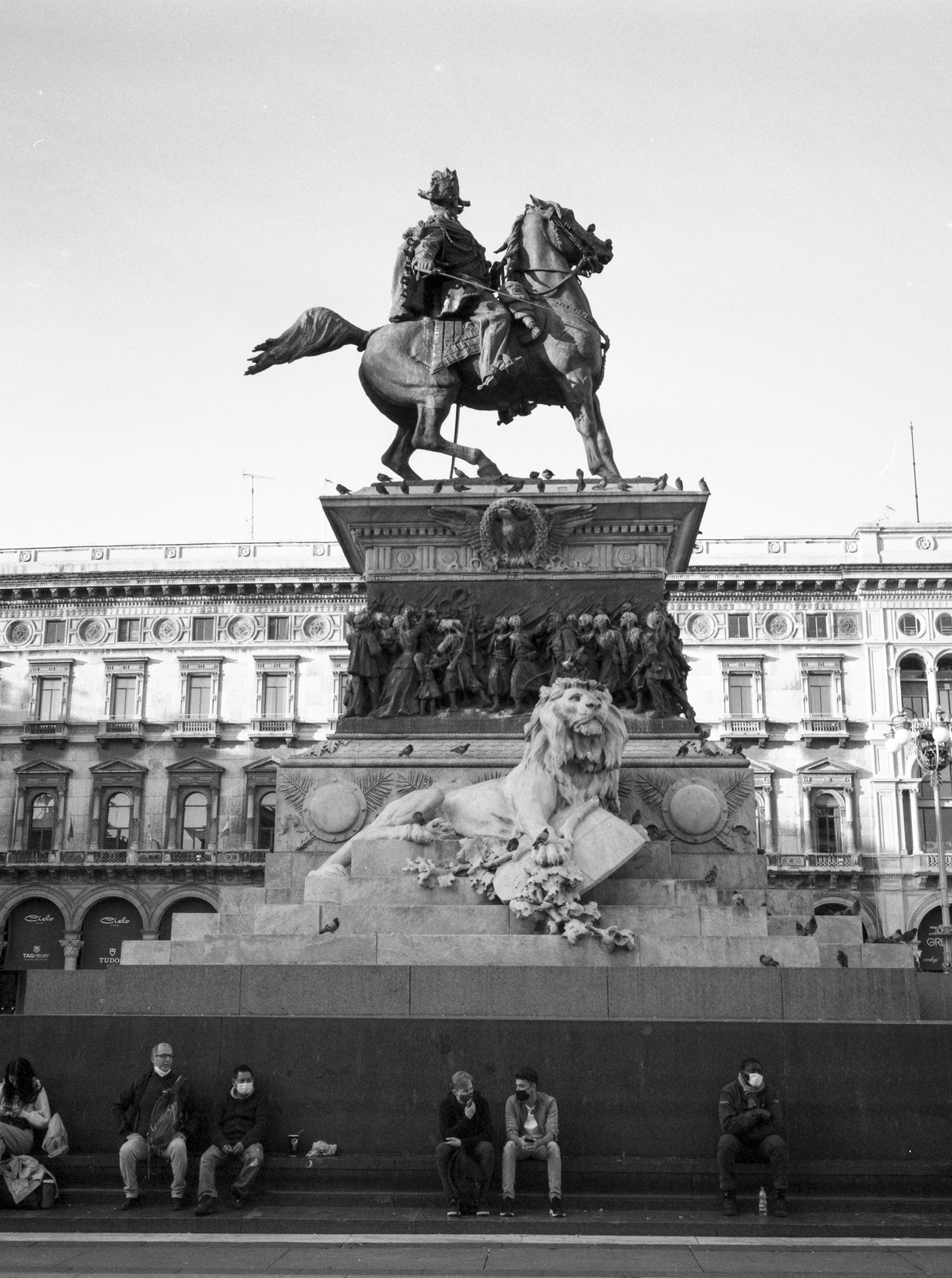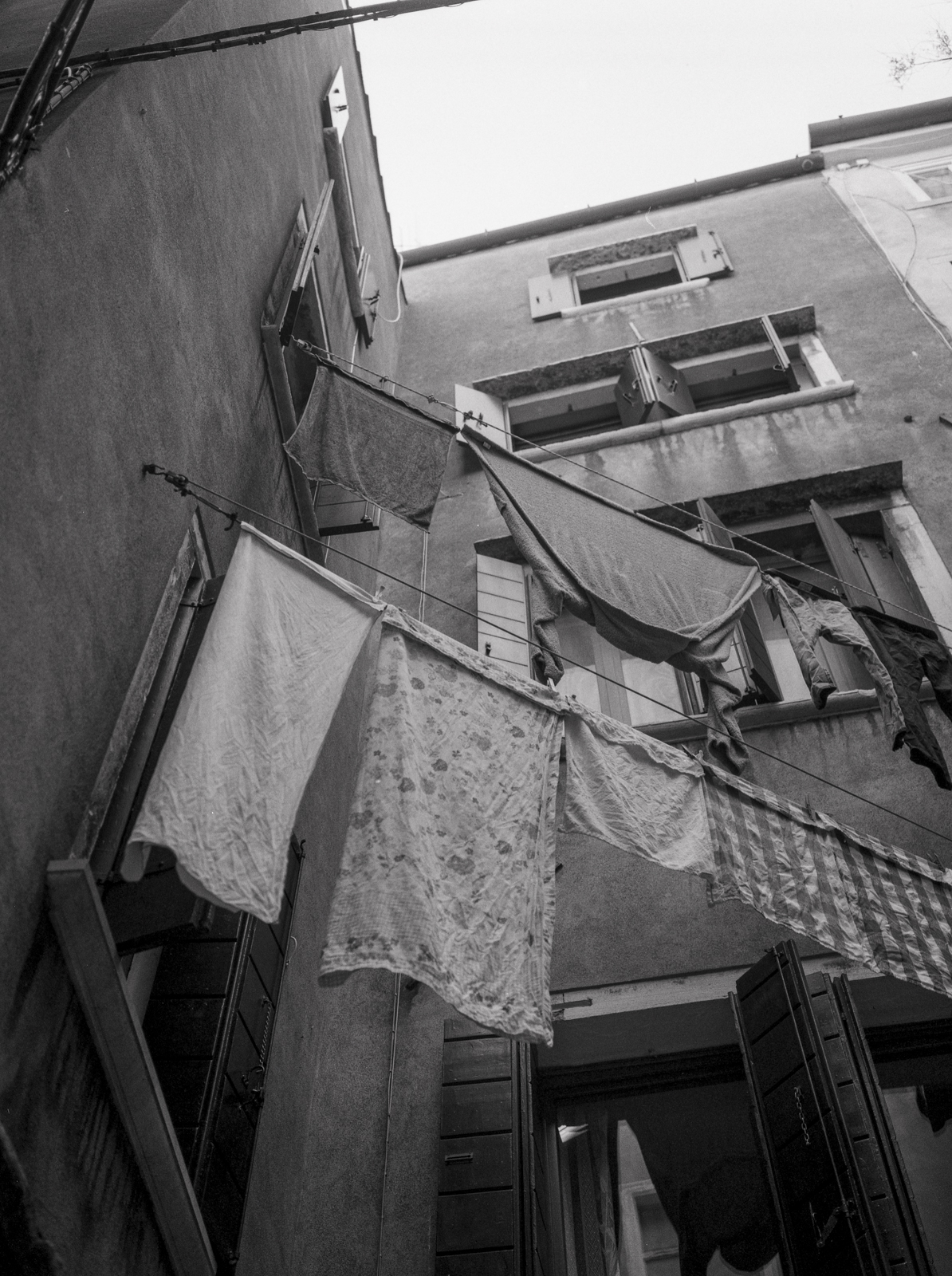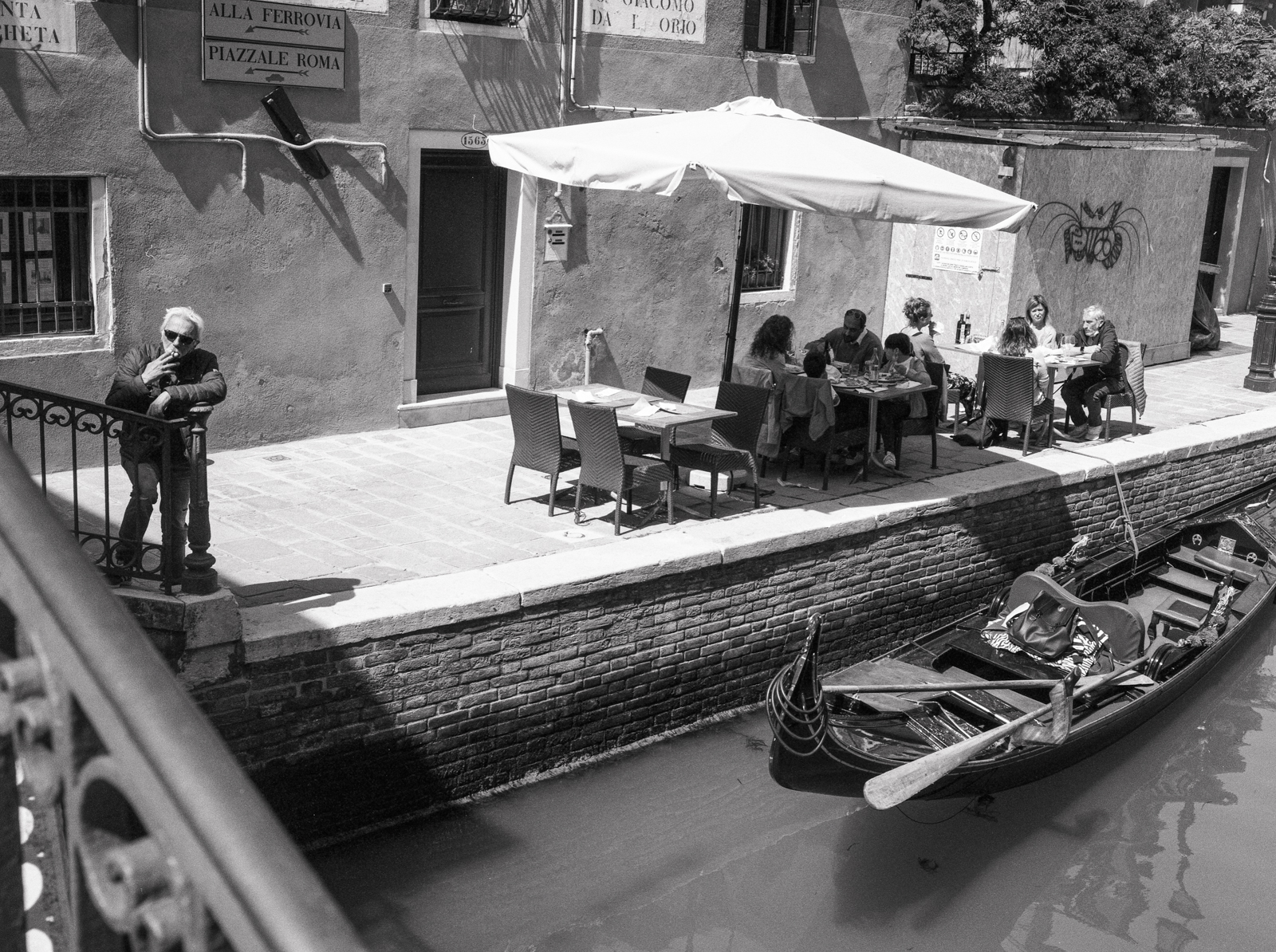TOC
We usually associate medium format with the word “professional”. This equation is historically accurate: the 135 format was reserved for amateurs and photojournalists, with surprising overlaps between these two categories. The point & shoots then were totally a consumer product dedicated to enthusiasts, but not too advanced. So seeing a point & shoot in 645 format, with the word “professional” on it, creates a bit of an oxymoron. Is it possible to make these different souls coexist? In my opinion, yes, and this little Fujifilm masterpiece dated 1995 could be proof of that.
Let’s start with the first obvious advantage: the 645 format. The 120 film in general with its larger size, allows for ever higher quality in scanning or printing. The 645 format is also particularly happy in scanning or printing, with its 4:3 ratio perhaps more pleasing to the eye. The frame area is 2.7 times larger than a 35mm negative, allowing an already high resolution, but without trespassing into the crazy dimensions of a 6x7 negative. However, to successfully cover such a surface you need a quality lens: the 60mm F4 (just under a 40mm equivalent) is, in short, excellent. Its sharpness, small size, and acceptable aperture make it a complete lens, capable of delivering an impressive variety of images. The point & shoot traditionally have quality lenses, helped by the fact that the focal length is fixed and the distance from the film reduced, and the Fuji GA645 is certainly no less.
But is the lens capable of “professional” images, whatever that means? To understand it better, I decided to take the car with me on a test weekend between Venice and Milan to reach an answer. There is no consensus around what makes a machine part of this segment, so I came up with a personal definition: a camera capable of taking printable images in 30x40cm. Not that this is an unattainable magnification, even my Contax G1 for example is perfectly capable of it at small apertures. However, it seems to be a good compromise to understand if we are faced with something that would support an editorial work or not. I can already anticipate that the test was brilliantly passed from a technical point of view, although some doubts remain about its potential e use.
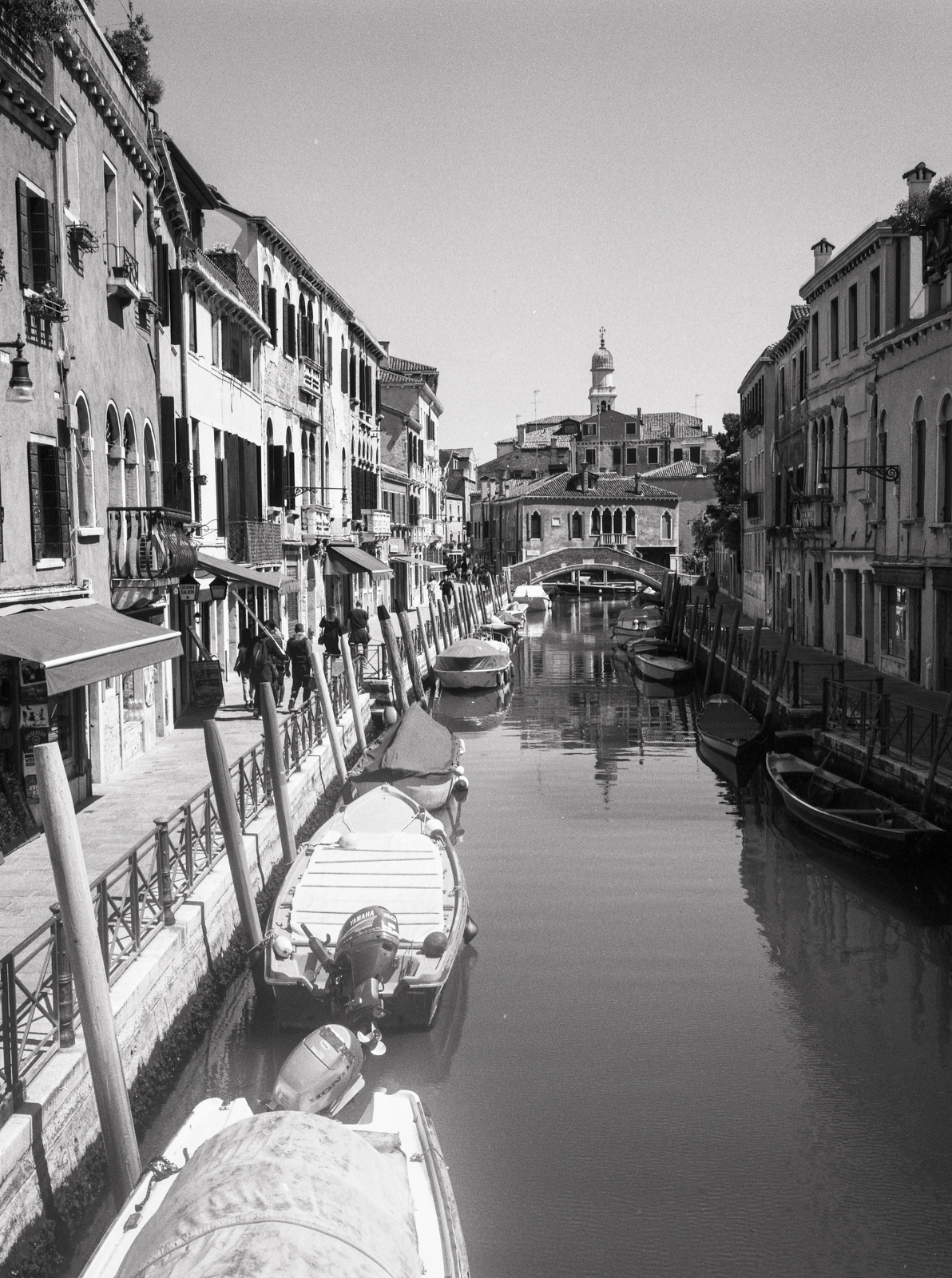
The only limit to the quality of the images, as happens in the best cameras of the late 90s, are only the film and the ability of the photographer.
This camera has a particular vertical viewfinder, always in the “portrait” format. This means that by traditionally holding it, the photo will come out vertically. This -apparent- limitation is easily exploitable, as 4:3 gives its best in the vertical format. Repeatedly, on specialized blogs, this machine has been referred to as a “portrait machine”. I beg to disagree here: it is possible to make beautiful portraits, but it is too limiting a definition. First of all, because the lens is fast, but not so fast, secondly because in any case, we are dealing with a wide focal length, not ideal for portraiture. Then there is to consider how in a portrait, for example, a close-up - the focus is critical and the focus point is decisive. I am not saying that the viewfinder or AF is not accurate, but they are certainly not the best for this type of use.
Let’s start with the viewfinder, for example. It is a Galilean with an automatic parallax correction operated by yellow lines that shift with focus. This is certainly an ingenious and precise system, but not 100% accurate as a reflex viewfinder could be. The image in the viewfinder is also quite small, too much for those who usually linger in it for a long time. AF is also an obligatory choice: you can set the distance manually but it is too cumbersome and always possible only by estimation. As for the accuracy of the autofocus, it is simply amazing. However, it has a large caveat that you need to be aware of: it measures the distance between the subject and the camera, but if there is a glass (or mirror) in the middle it will measure the distance with it, not with the reflected image. In general, however, its accuracy makes it suitable for all situations, perhaps least of all for portraits.
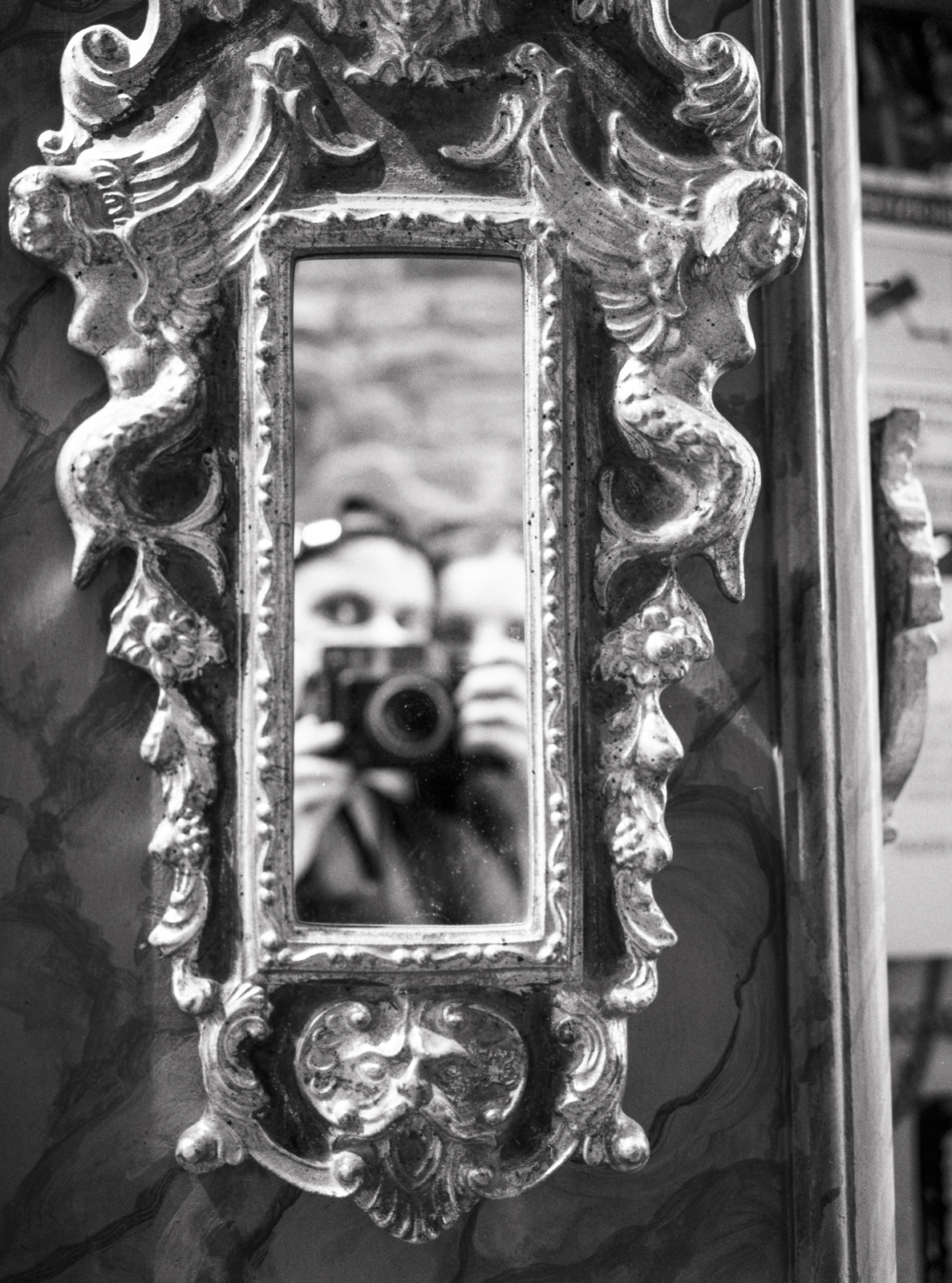
Do not try mirror selfie!
But now a doubt arises: does it make sense to have such a big point and shoot? The answer can only be subjective. If you want to take a simple souvenir photo suitable for Instagram, surely not. If, on the other hand, you want to have a machine capable of great shots, practically automatic, then the answer is certainly yes! Defined - not wrongly - a point & shoot on steroids, this camera is the natural continuation in the medium format of those who love cameras like the Contax G. It is capable of combining supreme optical quality, with enviable ease of work-flow. Obviously, the price to pay for this automation and speed is total control over what is being done. This continuous trade-off makes it particularly suitable for those situations where you don’t want to linger too long on a shot, such as street photography or travel reportage.
Finally, there is a second version, released two years later, and christened Fujifilm GA645i. I dare to take the liberty of not recommending its purchase as it is substantially identical to the previous one. The only difference would be the certainty of having an extra frame (16) per roll when in reality the GA645 always shoots that number already! In addition, there is a nice function of the sound alert when only one photo is missing. The ring also, with the few settings is particularly intuitive and in the first version, there is no lack of automatic reading of the ISO of the film.
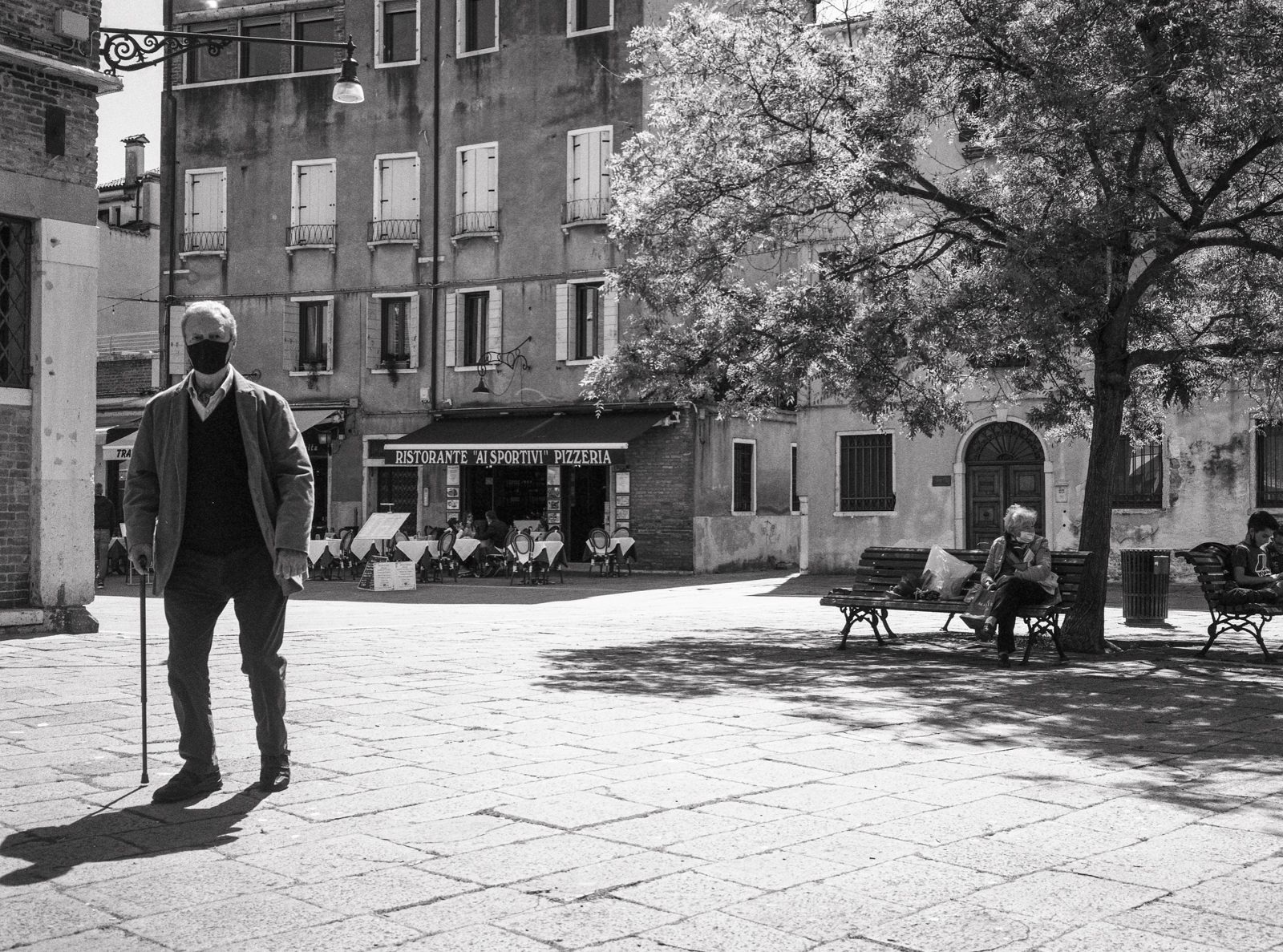
Fast and quiet, ideal for street & travel!
Last but not least, the negative change speed is surprising, truly lightning-fast for a 120 machine. Its portability, speed of use, and overall quality make it truly a “Professional” machine even 25 years after its release. It is a very successful blending of quality and speed: precisely those two elements that we still consider necessary in a successful camera today. The low weight and the ergonomic shoulder strap make it a perfect companion for short trips and excursions, capable of always returning negatives that are a real fairy tale in the darkroom!
Following, as always, a small gallery.
